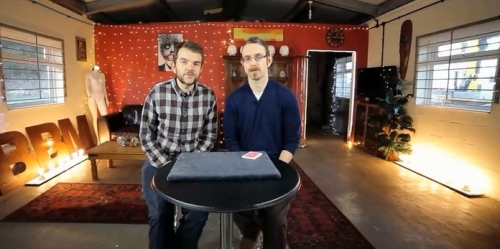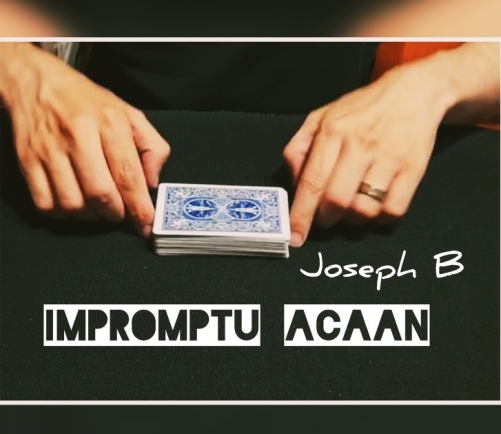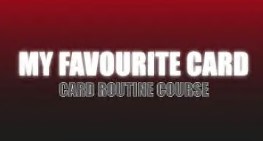An unexplored "classic": this has been for me, for many years, the "Australian shuffle". I learned it as a young man from Aldo Colombini, who often included it in his impromptu effects; later I studied John Scarne (and his wonderful idea in Phone Miracle, which we will comment on together later) and Max Maven.
Then I read Nick Conticello, and a new world opened up: I discovered that all the greats of card magic have tried their hand at the Australian deal; Nick, however, made me wonder a bit more: today I don't think there is more space to invent, but a lot to develop new routines, putting together various principles.
In my shows, I almost always insert a routine, very often as a quick and easy interlude between two mentalism effects: I confess that they are always effective interludes.
I have collected, in this publication, what I know: notes on principles, tables, comments, and "basic" effects; the goal is to share what I have collected over time, to allow you to create "your" own effects, personalized and, contrary to what is often recommended, repeatable immediately (but in a different way); you will probably know most of them, or maybe not ... . Here are the main contents:
- The principle of the Australian Shuffle
- Down - bottom, or down - underneath
- Bottom - down, or underneath - down
- Variation of sequences. as a function of the number of cards: differences and similarities
- The first card, depending on the number of cards in the stack
- First card after the shuffle (concerning its position in the starting pile); for example: if I have a deck of 12 cards, and I perform a down-underneath shuffle, the top card will be…; if, on the other hand, I have a stack of 17 cards, and I perform an underneath - down shuffle, the top card will be ...
- Tables representing all positions, with a variable pile from 5 to 40 cards.
- Example of building a routine with preset numbers and possible variants: up to 8 cards, I pass 7 cards from top to bottom, I count under - down and the last card will be ....; if, on the other hand, I have 9 to 16 cards, I pass 15 cards, perform an under - down count and the last card will be ...
- Example: with a stack of 5 cards (on the back, first the ace, then 2, 3, 4, 5; the 5 is on the face): I pass 3 cards from top to bottom, then do an under-down count and the top card is ...
- Tables for packs of 5 to 12 cards, with a passage from top to bottom from 3 to 15 cards
- Count under-down or down under and an indication of the card that you will find, in the end, above the stack
- Australian Deal and other shuffles (spelling …)
- John Scarne's “formula”, with details on the position of the chosen card according to how many cards the stack has;
- Adaptation of "Do as I Do" by John Scarne
- When love is born
- A trip to Australia
- But ... where is my card?
- How many bunches do you want?
- or Hashtag!
- or truth? Lie?
1st edition 2022, PDF 38 pages.
 USD
USD



